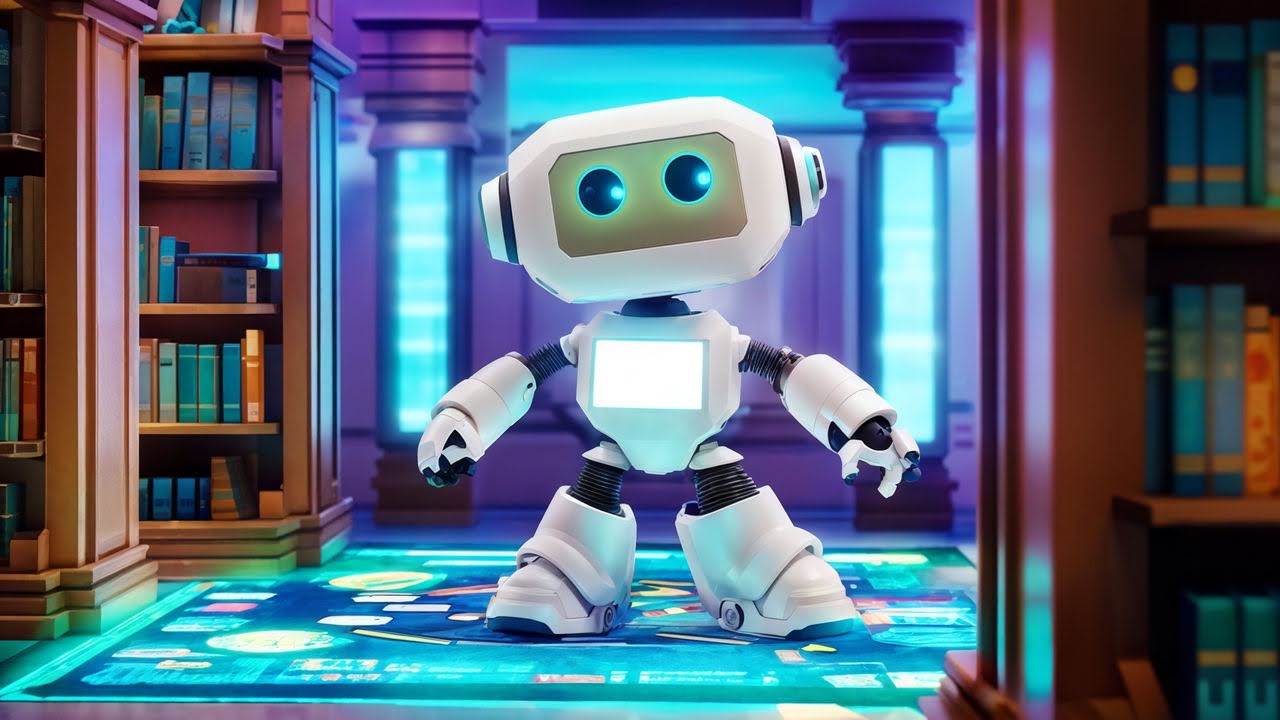
Why Do Language Models Hallucinate? OpenAI Research
Discover how OpenAI's latest research identifies why language models hallucinate and produce confident falsehoods. Learn the root causes and practical solutions...

What are hallucinations in AI, why do they happen, and how can you avoid them? Learn how to keep your AI chatbot answers accurate with practical, human-centered strategies.
AI chatbots are smarter than ever, but sometimes they make things up out of thin air. These mistakes called “hallucinations” can turn a helpful assistant into a source of confusion or even risk. If you want reliable answers, you need to understand what hallucinations are, why they happen, and how to stop them before they cause trouble.
A hallucination in AI is when a chatbot or language model gives you a response that sounds correct, but is actually false, fabricated, or even impossible. These errors are not random typos, they’re confident, plausible-sounding statements that have no basis in reality.
For example, you might ask a chatbot, “Who won the Nobel Prize in Physics in 2025?” If the model hasn’t seen up-to-date information, it might invent a name rather than admit it does not know. Unlike a search engine that returns “no results,” a chatbot might fill in the blanks, sometimes with convincing but incorrect details.
Hallucinations are not a bug, but a side effect of how large language models (LLMs) like ChatGPT, Copilot, or Gemini work. These models:
Common causes of hallucinations include:
While no AI is perfect, there are proven ways to reduce hallucinations and boost answer quality. Here’s what works best:
Modern AI tools can connect to databases, search engines, or company wikis. For critical tasks, always provide your AI with trusted context or point it to reliable sources.
Don’t just take the answer at face value,, ask the AI to provide sources, links, or at least explain how it arrived at a conclusion.
Example prompt:
Using only the supplied company handbook and the latest web search, answer this question. Please list your sources and explain your reasoning.
This not only helps you verify the answer, but also teaches the AI to check itself.
The more specific your question, the better the result. Tell the AI what information to use, what to avoid, and what format you expect. For example:
Summarize the key findings from the attached market report (2024 edition). If information is missing, say “not found” instead of making assumptions.
Many advanced chatbots offer real-time search plugins, retrieval-augmented generation (RAG), or integration with company knowledge. Always turn these on if up-to-date or factual accuracy is required.
No matter how advanced your chatbot, human oversight is critical. Always review important outputs, especially in sensitive fields like healthcare, finance, or law.
A “human in the loop” means:
Want to learn more about human-in-the-loop strategies? Stay tuned for our upcoming article dedicated to this topic!
AI hallucinations can happen to any chatbot, even the best. The key is to understand why these errors appear and take steps to catch them early:
With these habits, you’ll turn your chatbot from a “creative storyteller” into a trustworthy assistant, while keeping the ultimate responsibility (and judgment) in your own hands.
Looking to apply AI in your daily work? Get practical guides, real-world use cases, and step-by-step workflows built for busy professionals. From writing better emails to automating meeting notes, the AI Academy helps you work smarter with AI.
👉 Explore more at AI Academy and start experimenting today!
We help companies like yours to develop smart chatbots, MCP Servers, AI tools or other types of AI automation to replace human in repetitive tasks in your organization.
Discover how OpenAI's latest research identifies why language models hallucinate and produce confident falsehoods. Learn the root causes and practical solutions...
A hallucination in language models occurs when AI generates text that appears plausible but is actually incorrect or fabricated. Learn about causes, detection m...
Reduce AI hallucinations and ensure accurate chatbot responses by using FlowHunt's Schedule feature. Discover the benefits, practical use cases, and step-by-ste...
Cookie Consent
We use cookies to enhance your browsing experience and analyze our traffic. See our privacy policy.


